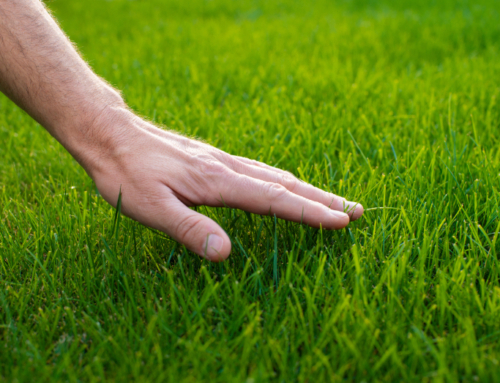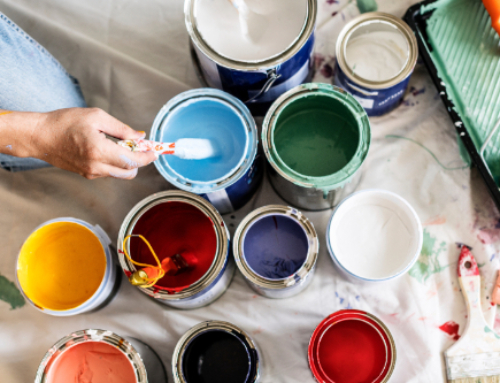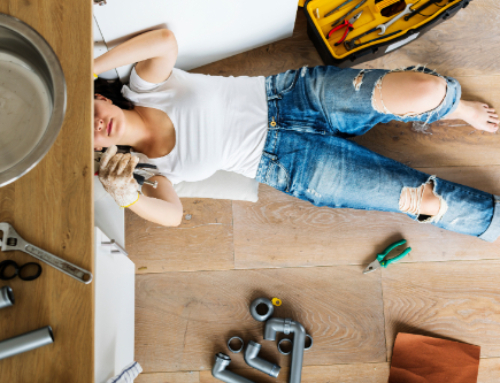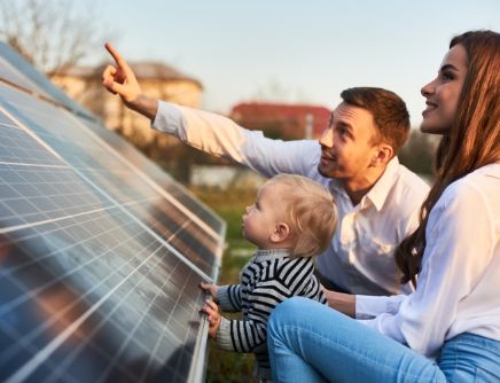Container gardens are perfect for apartment dwellers or city living! They seem low key, simple, and easy to care for in the windowsill of your kitchen. But there are common mistakes beginners make when starting their first container gardens.
Wrong Container Size
Succulents in a teacup are such a cute trend right now. But they’re not realistic for more than one, and often your plant will outgrow its pot. The most common sign that a container is too small is a lack of fruit from your plant. If you have a tomato plant growing on the patio but it isn’t producing, chances are that you have it planted in a container that is too small for its growth.
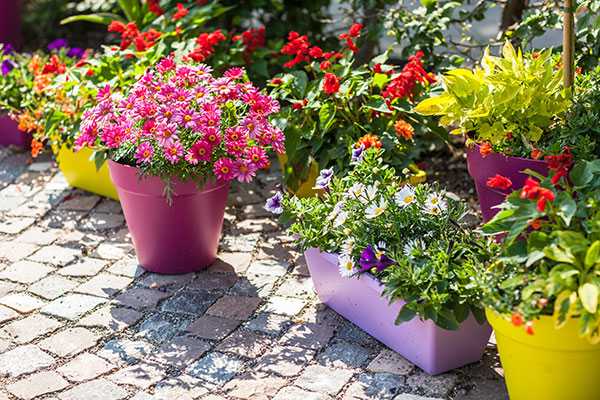
Wrong Container Type
Instead of buying a container that is cute and has a design you like, factor in what material the container is made out of. Metals will contain heat from the sun and bake the dirt so it dries faster and can cook the roots of your plants. Traditional terra cotta pots are popular because they help the water evaporate and drain, but they also dry more quickly than plastic pots so need more watering. If you are plan to have an edible garden, you must take care to avoid materials that could leech into your plants, which can be a problem if using repurposed containers.
Watering Incorrectly
Water droplets on flowers and leaves are so beautiful. But they are the wrong way to feed your plants. Make sure you are watering the soil. Plants in containers dry out faster than plants in a traditional landscape garden, so you have to pay attention to the moisture levels. The bigger the pot, the more space for the soil to store moisture for the roots. You can set up a water irrigation system, or just be sure to water twice a day. A good rule of thumb is to water if the top inch of your soil is dry.
Container Can’t Be Moved
You’ve picked the proper container for your plant, filled it with dirt and planted your garden. Now you realize that the placement isn’t right, but your pot is too heavy to be moved. Decide on placement in advance and fill your container on the spot. Alternatively, you can place your pot on caster wheels so you can follow the sun and get the best light for your plants.
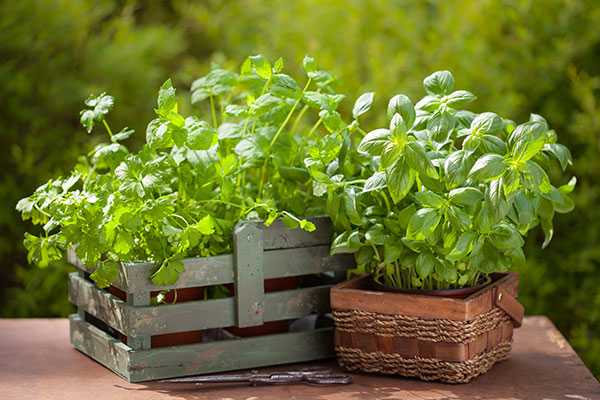
Not Fertilizing
Your first season’s plants bloomed beautifully! In doing so, the plant has used up all the nutrients in the soil and will need more next season to produce. At the beginning of the next season, refresh your soil by mixing in compost or fresh potting soil. Provide liquid fertilizer twice a month for the rest of the growing season. For more information on how to fertilize properly, read here.
Container gardens are ideal because you can change out the plants easily, and you can enjoy the benefits of gardening in your home. You’re ready for a successful season!


